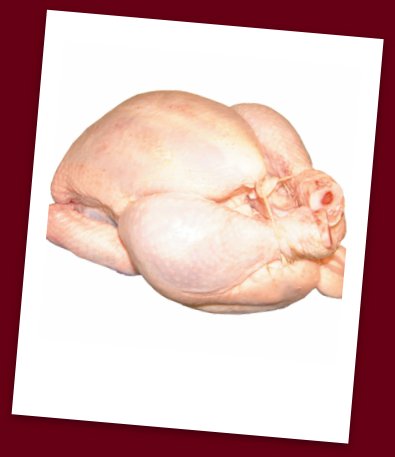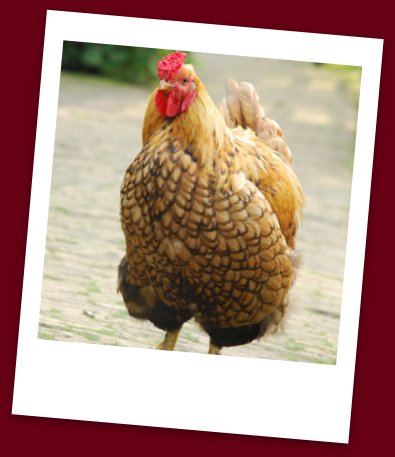|
Food Safety Alert: Chicken
 Whether it be in the form of nuggets, grilled chicken breast filets, fried chicken, or drumsticks for chicken wings, chicken is a staple of many people’s diets. Yet recent studies have shown that over 50 per cent of chicken contains germs that can make us very sick! Whether it be in the form of nuggets, grilled chicken breast filets, fried chicken, or drumsticks for chicken wings, chicken is a staple of many people’s diets. Yet recent studies have shown that over 50 per cent of chicken contains germs that can make us very sick!
According to the study, poultry giants Tyson and Foster Farms were among the poorest performers in the test. Perdue chickens tested rather well – much better than their counterparts – yet more than half the Perdue birds had some form of bacteria on or in them. “Air cooled” chickens (slaughtered birds cooled by air refrigeration rather than ice water) also fared better in the testing. How do chickens get so germ-laden? It starts with chicken farm procedures. Chickens are often cooped up in small cages or pens – which may or may not be cleaned regularly. As a result, when these chickens eat their feed, they also consume their own feces and urine. That’s not healthy for anyone. Free range chickens – chickens allowed to run around in larger spaces – might be in better conditions, but have just as many risks. Wherever chickens grow up, if they consume their own droppings as part of their meals, bacteria builds up around and inside them. As a result, the germs are then transferred to you, the consumer.
You pick up a package of chicken at the grocery store meat department. You put it in your cart where you also put your lettuces. Being a wise consumer, you have protected the lettuce. But you didn’t put the chicken into the bag that the grocery store provides. While the packaging for your bird is not ripped, some other packages of chicken had ripped earlier and dripped onto the chicken package you now have in your cart. The lettuce bag is touching it; you accidentally transfer those drippings both to your hands and to the lettuce when you get home. Congratulations; you’ve just contaminated your salad. Do you see why properly washing your hands before and after handing raw chicken is so important? In addition, properly cleaning and sanitizing the surfaces that touch raw chicken, and storing chicken properly where it cannot drip onto other foods, will ensure that you don’t contaminate other foods with Salmonella or Campylobacter. And when you cook the chicken to its proper internal temperature, ALWAYS use a thermometer!
|





 Yes, and
Yes, and 
